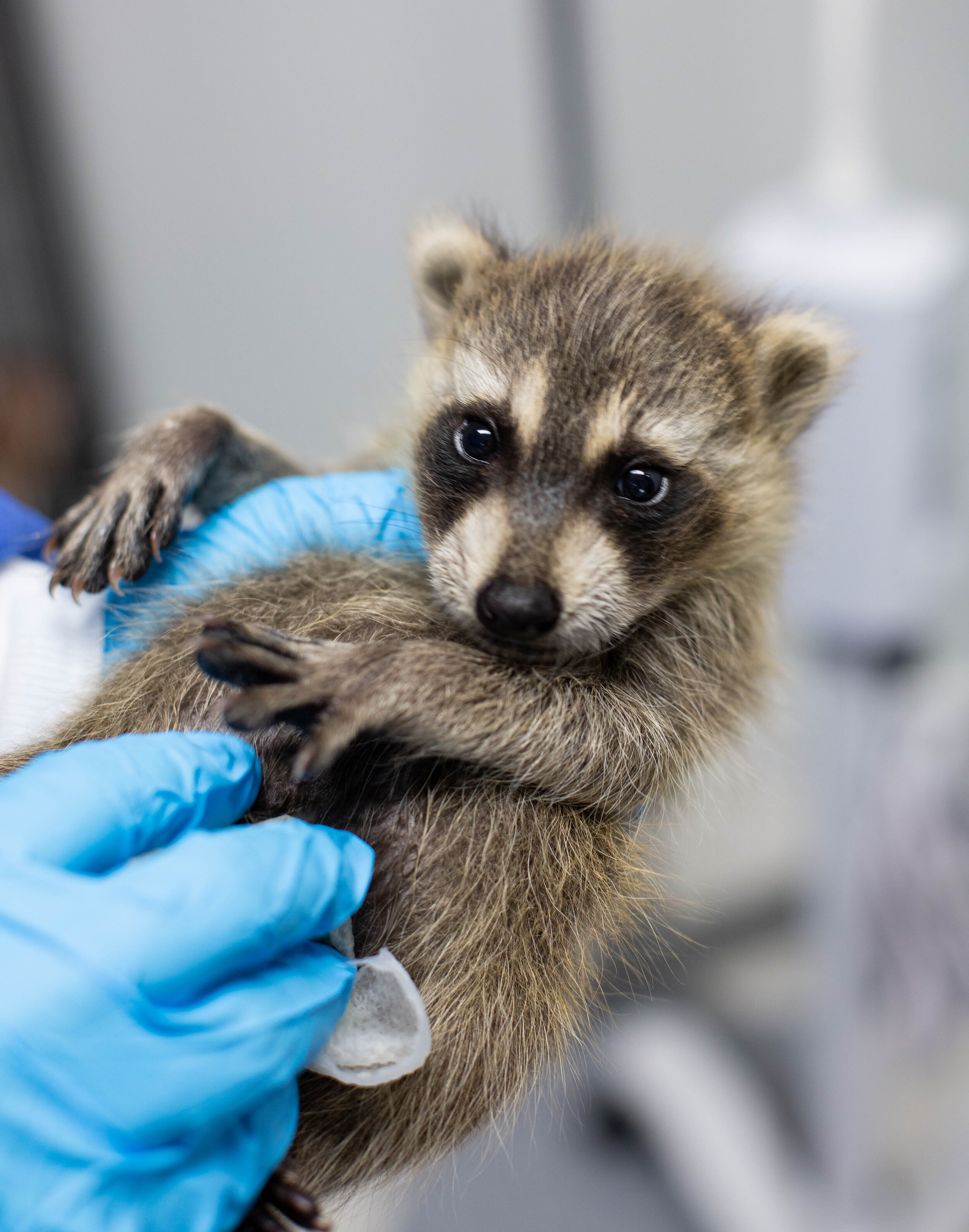Efficient Wildlife Removal Strategies for a Peaceful Home Atmosphere
In the search of maintaining a peaceful home, property owners typically face the obstacle of wildlife breaches, which can disrupt the harmony of their setting. Applying effective wild animals elimination techniques calls for a nuanced understanding of both humane exclusion strategies and preventative procedures. By dealing with access factors and minimizing attractants, one can dramatically lessen the chance of unwelcome guests. The intricacy of these methods often demands a more detailed examination of details approaches and the potential requirement for professional intervention. What are the essential components of these methods, and when should one take into consideration looking for professional aid?
Identifying Common Wildlife Intruders
Determining typical wild animals intruders is an essential very first step in effective wildlife management. Comprehending the particular species that often infiltrate property and commercial areas makes it possible for residential property proprietors and wildlife specialists to execute targeted strategies for mitigating possible damages and health risks. Common intruders usually consist of raccoons, squirrels, bats, and different species of birds and rats, each bringing one-of-a-kind challenges.
Bats, while helpful for managing insect populations, can become a hassle when they roost in attics, possibly spreading out illness such as histoplasmosis. Birds, consisting of pigeons and sparrows, frequently produce unsanitary conditions with their droppings, leading to structural deterioration and wellness worries - burlington wildlife rescue.
Humane Exemption Techniques
Recognizing the common wild animals intruders is the foundation whereupon reliable exclusion strategies are constructed. Identifying types such as raccoons, birds, and squirrels assists in designing gentle exemption strategies tailored to particular habits and access approaches. Exemption is a preventative strategy targeted at denying wild animals accessibility to homes and buildings, hence minimizing the demand for more invasive steps.
The keystone of humane exemption entails sealing prospective entry factors. This consists of fixing openings in foundations, roof coverings, and walls, as well as setting up chimney caps and air vent covers. For smaller invaders like bats and computer mice, using materials such as steel woollen and caulk to secure spaces is vital. In addition, guaranteeing that windows and doors are safe and secure, and that screens are undamaged, can better deter entry.
Mounting ultrasonic devices or motion-activated lights can prevent nighttime wild animals. These exclusion methods not just secure the home setting yet additionally appreciate the wild animals, permitting them to grow in their natural environments without injury.
Safe Trapping Techniques
When exclusion methods want, secure capturing techniques become an essential recourse in wildlife management. Trapping, when carried out properly, offers a humane and reliable means of attending to an instant wildlife issue while making sure marginal stress and damage to the animal. This strategy calls for an understanding of both the behavior of the target types and the honest considerations entailed in wild animals handling.
The initial step in secure capturing includes choosing the ideal catch kind. Live traps, such as cage traps, are generally suggested as they permit the capture and release of the pet elsewhere. These catches need to be inspected regularly to stop undue anxiety or injury to the captured wildlife. It is vital to adhere to local policies concerning trapping and moving to make sure compliance with legal criteria and wildlife conservation principles. burlington wildlife rescue.
In addition, bait choice and placement are critical parts More Info in ensuring effective capturing. Lure needs to be chosen based on the dietary preferences of the target species and strategically placed to tempt the pet into the trap. Once trapped, the pet ought to be managed with treatment, using protective equipment if essential, to assist in secure transportation and launch, therefore preserving a calm home and a balanced ecosystem environment.
Precautionary Home Alterations
While secure trapping approaches resolve prompt wildlife issues, lasting options usually require preventative home adjustments to discourage pets from getting in human areas. Implementing these adjustments not only enhances the safety and security and convenience of your living environment yet likewise decreases the possibility of future wildlife breaches.
A crucial element of preventative techniques is securing possible entrance factors. This entails checking and fixing any kind of gaps or fractures in the structure, wall surfaces, look at this site and roof covering, as these can come to be access routes for wildlife.
Landscaping adjustments can also act as effective deterrents. Trimming tree branches that overhang the roofing system and eliminating debris heaps can eliminate courses and environments that bring in wild animals. Keeping a tidy lawn by safeguarding garbage can and compost heap prevents scavengers such as raccoons and marsupials.

## When to Call Professionals
Expert intervention becomes important in scenarios where wild animals problems surpass the extent of Do it yourself solutions. Home owners may come across circumstances where the complexity or danger of the wild animals trouble necessitates professional know-how.
In addition, problems involving protected or jeopardized types need a nuanced approach to abide with legal laws. Specialists are furnished with the required licenses and comprehend the legal frameworks regulating the handling of such species. This guarantees that removal is performed fairly and within legal boundaries.

Finally, when wild animals poses a consistent problem in spite of duplicated DIY efforts, expert solutions can provide thorough evaluation and lasting solutions tailored to avoid recurrence - burlington animal control. Their expertise not only solves the prompt issue however likewise safeguards the home setting in the future
Conclusion
Executing efficient wild animals removal techniques is important for maintaining a relaxed home atmosphere. Together, these strategies produce a harmonious living room cost-free from wild animals disturbances.

These exemption methods not just shield the home environment yet also appreciate the wild animals, enabling them to thrive in their natural environments without injury.
Executing efficient wild animals removal techniques is vital for keeping a relaxed home setting.